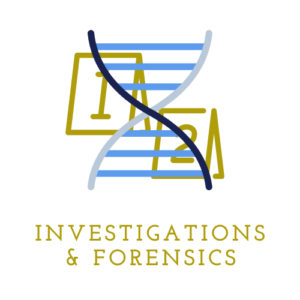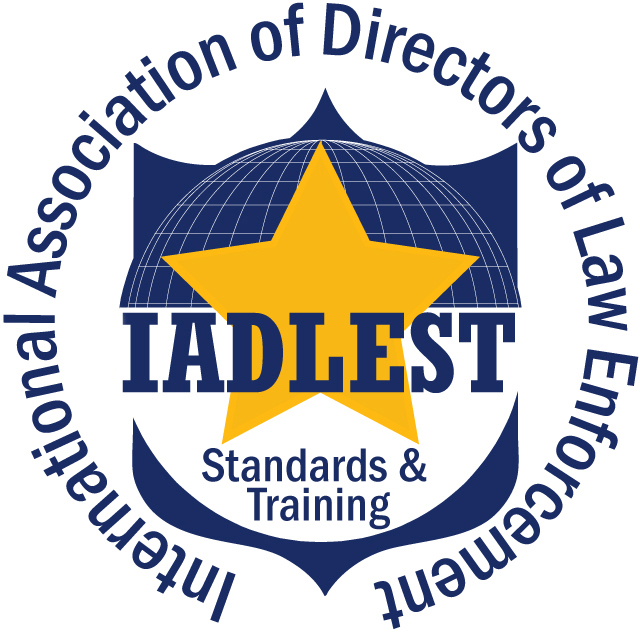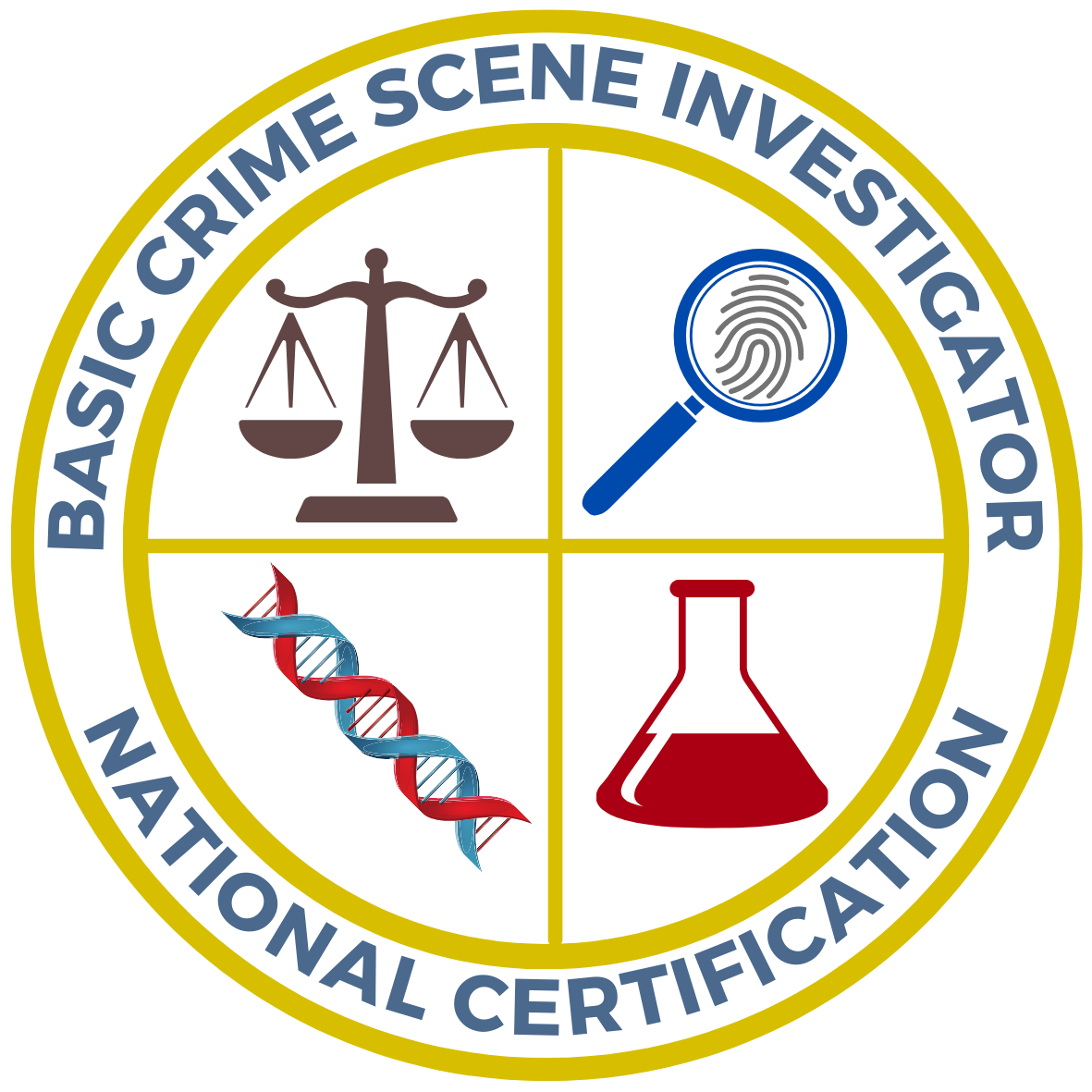 National Basic Crime Scene Investigator Certification
National Basic Crime Scene Investigator Certification
for Secondary & Post-Secondary Students
An Industry Recognized Credential
Industry Endorsement – International Association of Law Enforcement Standards and Training (IADLEST)
Your state POST is a member of IADLEST. IADLEST coordinates trainings, standards, policies and research between all the state POSTs. LAPSEN is thrilled to have the preeminent law enforcement training organization endorse our certification. Not only does that mean our certification is clearly a nationally recognized industry certification, it also means students holding such have a huge leg up in their career plans.
To learn more about IADLEST – Click Here
To see a list of state POST members – Click Here


National Basic Crime Scene Investigator
We have been working together with Subject Matter Experts from around the country to create a certification that is relevant and valuable to your students and the industry. This entry level certification will prepare students for a career out of high school or tech college as a crime scene technician. The skills learned are applicable to many careers in the law and public safety realm.
This credential aligns with the LAPSEN Investigations and Forensics course standards and supporting lesson plans, curricula and resources.
89 Items ~ 90 Minutes
70 Cut Score
Certification Exam: $22 LAPSEN Members, $27 Non-LAPSEN Members
Pretest: $14
Age Requirements/Restrictions: None
 Orders, Quotes and Invoices
Orders, Quotes and Invoices
Scholastic Testing and Credential Certifications (STACC)
All of our testing partners offer their tests through a single platform for the convenience of educators. Scholastic Testing and Credential Certifications (STACC) offers the platform flexibility we need. You can find all the LAPSEN IRCs there.
Order Exams – staccexams.com – Click Here
Instructor Training
There is no required certification for teachers preparing students for this credential.
There is no required train the trainer for teachers for this credential.
Regular training keeping instructors updated in the field is highly encouraged. To see upcoming training for topics covered in this credential – Click Here
Director of Credentialing
Holly is an accomplished educator, former police officer, and LPS high school pathway completer!
Reach out to Holly with any questions about the credentials.
Have questions about the testing process? Email STACC at info@testscert.com

Support Materials
Unlike anyone in CTE, LAPSEN provides the most materials and resources for instructors to prepare their students for 1) entry level career success and 2) industry recognized credential attempts.
Pathway & Courses
Review the resources for this pathway. Standards, lessons, and other materials are available.
Lesson Plans
Supporting lessons for this credential are available to LAPSEN members.
Coming Soon!
Certification Review
Terms and Concepts to review for the BCSI. Review activities should be in each unit.
Basic Crime Scene Investigator Certification Capstone Competencies
This is an outline of the test design. Instructors can use this to crosswalk their instruction to ensure they are covering the necessary content.
Section 1: Introduction to Investigations
Objective 1: Create a timeline of the historical influences to contemporary criminal investigation and forensics.
Objective 2: Explore the roles and responsibilities of criminal investigators and forensic scientists.
Objective 3: Recognize the fundamental elements of a preliminary investigation.
Objective 4: Differentiate between different types of investigations.
Section 2: Legal and Ethical Issues in Investigations
Objective 1: Describe ethical and professional considerations for criminal investigators and forensic scientists..
Objective 2: Describe reasons for flawed investigations and forensics including
Objective 3: Explain how the U.S. Constitution guides investigations & police actions
Section 3: Documenting the Crime Scene
Objective 1: Process a basic crime scene
Objective 1: Create various investigative reports and legal documents used in criminal investigations.
Objective 3: Photograph the crime scene.
Objective 4: Interpret common evidence for clues to a crime.
Section 4: Evidence Collection and Types of Evidence
Objective 1: Demonstrate the skills of crime scene processing and evidence collection.
Objective 2: Create various investigative reports and legal documents used in criminal investigations including warrant applications, narratives, and chain of custody reports.
Objective 3: Demonstrate common evidence collection techniques used in criminal investigations.
Objective 4: Interpret common evidence for clues to a crime.
Section 5: Interviews and Interrogations
Objective 1: Explain how interviews and interrogations are conducted.
Objective 2: Explain how the Constitution impacts interviews and interrogations.
Section 6: Crimes against Property
Objective 1: Define different property crimes.
Objective 2: Explain collecting and preserving evidence unique to property crimes.
Section 7: Crimes against Persons
Objective 1: Differentiate between various crimes against person(s)
Objective 2: Explain techniques used to interview victims of traumatic crimes
Objective 3: Describe the impact of crimes on individuals.
Objective 4: Write an investigative report and other legal documents needed for an investigation.
Section 8: Criminology and Crime Analysis
Objective 1: Explain different criminological theories.
Objective 2: Describe assessing victim risk of crime.
Objective 3: Obtain the skills needed to conduct crime analysis using both quantitive and qualitive measures.
Section 9: Serial Crimes and Criminal Profiling
Objective 1: Timeline the history of criminal profiling
Objective 2: Describe the stages of Profiling Process
Objective 3: Explain techniques in investigating serial offenders.
Section 10: Special Investigations
Objective 1: Describe terrorism investigations
Objective 2: Identify potential hazardous drug-related situations and take the correct steps to ensure personal and community safety.
Objective 3: Explain safety precautions needed for digital and cybercrime.
Objective 4: Identify the key concepts related to analyzing bomb blasts, handling explosive materials, and documenting evidence.
Objective 5: Explain the difficulties encountered during mass casualty incidents and learn how investigators address these challenges.
Objective 6: Describe the techniques and challenges associated with evidence recovery that have been submerged in water.
Section 11: Trends in Criminal Investigations
Objective 1: Identify and explain new trends in DNA criminal investigation and explain how those trends can be used in a criminal investigation.
Objective 2: Explain the concepts of predictive policing and the role of a criminal analyst.
Objective 3: Describe how shot spotters can contribute to new trends in law enforcement by recognizing their role in quickly detecting and locating gunshots.
Section 12: Careers Unit
Objective 1: Create a digital career portfolio
Objective 2: Identify different career options within criminal investigations and forensics.
Objective 3: Describe methods that help officers stay mentally fit.
Objective 4: Explain the responsibilities of three different career options within the criminal investigations and forensics.


